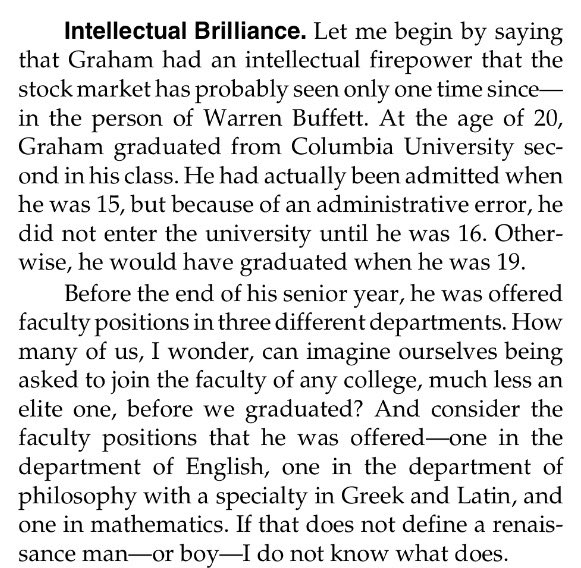The most likely is the theory that it comes from a handwritten ‘ps’, an abbreviation used in correspondence as a plural form of ‘Peso’. Manuscripts from the late 18th and early 19th century show the ‘s’ gradually being written over the ‘p’, and the upward stroke of the ‘p’gaining dominance over the curved upper part. This eventually developed into something resembling the ‘$’ sign. (see below)
Where did the ‘$’ sign come from?
The most likely is the theory that it comes from a handwritten ‘ps’, an abbreviation used in correspondence as a plural form of ‘Peso’. Manuscripts from the late 18th and early 19th century show the ‘s’ gradually being written over the ‘p’, and the upward stroke of the ‘p’gaining dominance over the curved upper part. This eventually developed into something resembling the ‘$’ sign. (see below)


 Many of you spend too much time worrying about things like other peoples trading signals, what price pattern it is you are looking at, which strike price to select, how to read implied volatility, etc when you haven’t constructed the basic tenets of portfolio management or asset allocation.
Many of you spend too much time worrying about things like other peoples trading signals, what price pattern it is you are looking at, which strike price to select, how to read implied volatility, etc when you haven’t constructed the basic tenets of portfolio management or asset allocation.



